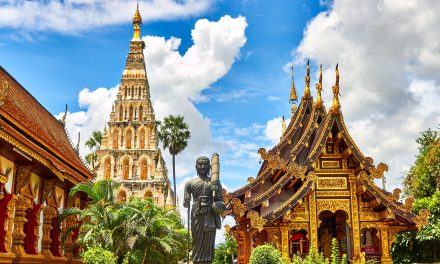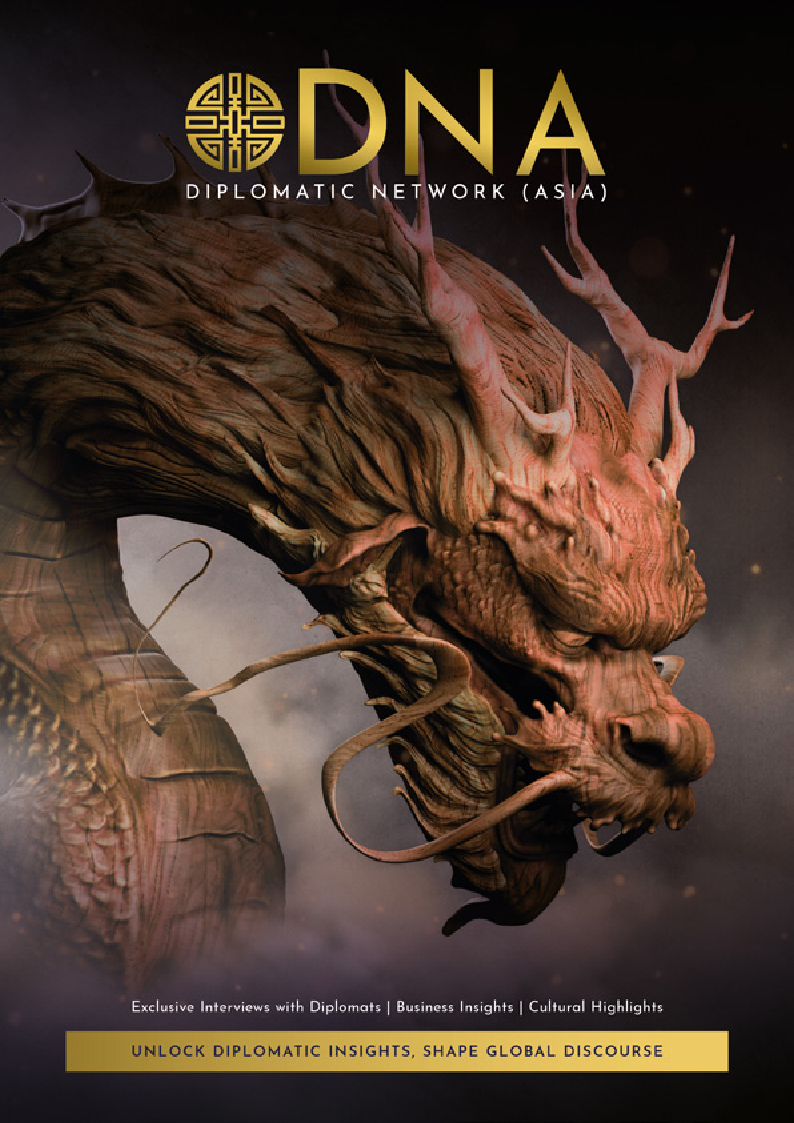With the Academy Awards roll just around the corner, Singapore’s La Luna (2023) is gearing up to represent the nation at the world’s most prestigious film event.
Each year, the Academy Awards invites countries to send their finest cinematic creations to compete for Best International Feature Film. With only one slot per nation and one chance per year, the stakes are high, compelling countries to put forth the very best of their cinematic artistry.
As of 2024, ASEAN nations have only scored two nominations and no wins in Best International Feature. With the global rise in popularity of Asian cinema, this may change this year.
In this series, DNA will dive into the backgrounds of Southeast Asian films submitted in contention for winning Best International Feature Film at the Oscars in 2025—starting with Singapore’s La Luna.
La Luna: the story of an underdog
La Luna is a Singapore-Malaysian collaboration filmed in Perek, Malaysia, and presented in the Malay language.
The film is a comedy of cultural clashes, where the values of a conservative Muslim community are juxtaposed with the allure of salacious intrigue. This taboo sparks the many comedic episodes of the film but also explores wider themes of patriarchal control that have often been ignored in many film depictions of traditional Malay communities.
There is a surprising punch that comes with just how obscene some of the jokes are put forth. However, the real attraction of this film is its exploration of more serious topics, and there is very much a case to argue that La Luna is more of a drama than a comedy. Wan Hanafi Su’s performance as village elder Tok Hassan is particularly intimidating, and his charisma is magnetic every time he appears on screen.
The plot is unsettlingly realistic. In an interview with Asian Movie Pulse, an online platform dedicated to Asian cinema, Director M. Raihan Halim said he was inspired by the true events of an arson attack on a lingerie shop in the Middle East.
“It was burned, down by a group of men. I tried to look for the answer why would this group of men burn down this lingerie shop? I couldn’t find the answer, so I made a film to perhaps answer the question why a group of men would do something like this.”
Drawing from his perspective as a Muslim man, he sought to delve into this incident through a film that addresses these taboos.
La Luna has seen not only positive critical reception, but also international attention, appearing at the Tokyo International Film Festival, Jakarta Film Week, and most impressively, serving as the closing film for the prestigious International Film Festival Rotterdam.
A new wave of Singaporean cinema
As of 2024, 18 Singapore-produced films have been selected for consideration for Best International Feature Film, the first of which is The Kingdom and the Beauty (1959), which was released before Singapore’s independence.
The Singaporean film industry has a surprisingly diverse pool of creatives. Jack Neo and Eric Khoo are among the most important Singaporean filmmakers of the last generation.
Neo has established himself as one of Singapore’s most commercially successful directors, starting with Money No Enough (1998), which held the title of the highest-grossing Singaporean film until it was surpassed by his own Ah Boys to Men (2012).
Khoo meanwhile is one of the most critically acclaimed of Singaporean directors, with four of his films being submitted for Singapore’s pick to the Best International Feature nomination.
Other prominent filmmakers include Royston Tan, who idiosyncratically releases his features under numerical titles such as 4:30 (2005) and 881 (2007), and Boo Junfeng, whose Apprentice (2016) was a strong character study and exploration of the death penalty.
Unfortunately, Singapore’s cinema industry has not always been positively received or acknowledged by the general public. Films produced by non-Singaporean companies continue to dominate the local box office, with the most successful being Hollywood action movies.
The highest-grossing Singapore-produced film in the domestic box office is Ah Boys to Men 2, according to box-office revenue tracker Box Office Mojo. The film grossed SGD6 million in 2013. However, this was the only Singaporean film in the top 10 of that year by box office revenue, with Iron Man 3 taking the top spot with SGD10 million in the bank.
Since 2021 no local film has made the top 10 at the domestic box office.
However, a new generation of filmmakers since the 2010s has steadily raised the prestige of Singaporean-produced films, with many starting to make waves at international film festivals. For example, Anthony Chen’s Ilo Ilo (2013) won the Camera d’Or prize at the Cannes Film Festival.
It is too soon to bottle together these many new releases into distinct traits or themes that typically define a national cinematic culture. However, Singaporean cinema has benefited from an increasing diversity of ideas and settings.
M. Raihan Halim himself is a success story. Previously confined to television work, Raihan has managed to transcend cultural lines and have his works featured on all four main language television channels in Singapore.
Furthermore, Raihan’s background as a Malay Singaporean director has paved new ground with films like La Luna presenting a different set of cultural values and providing a space for Malay and Islamic representation on the big screen.
Ultimately, La Luna instills confidence in the continued growth of Singaporean cinema, and the positive attention it’s receiving is a promising indicator of the nation’s flourishing film industry.







